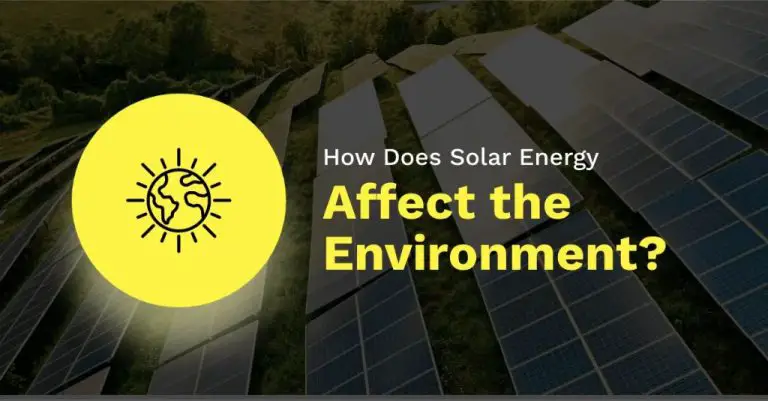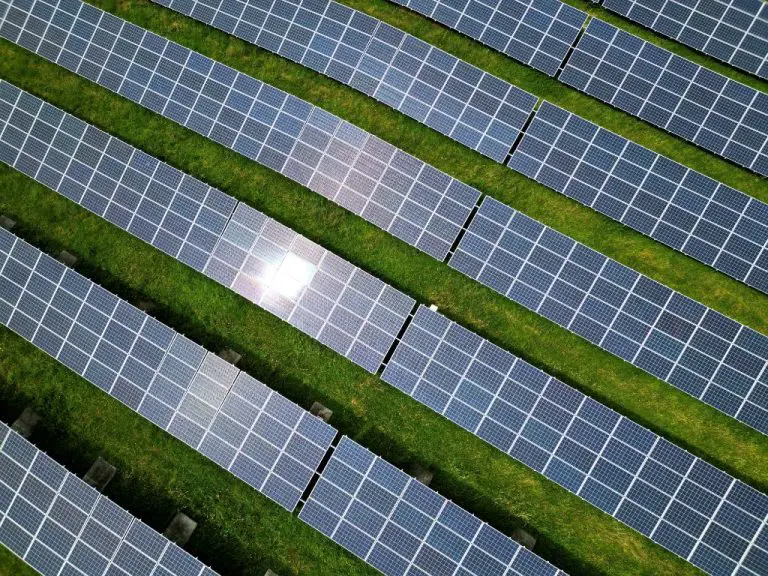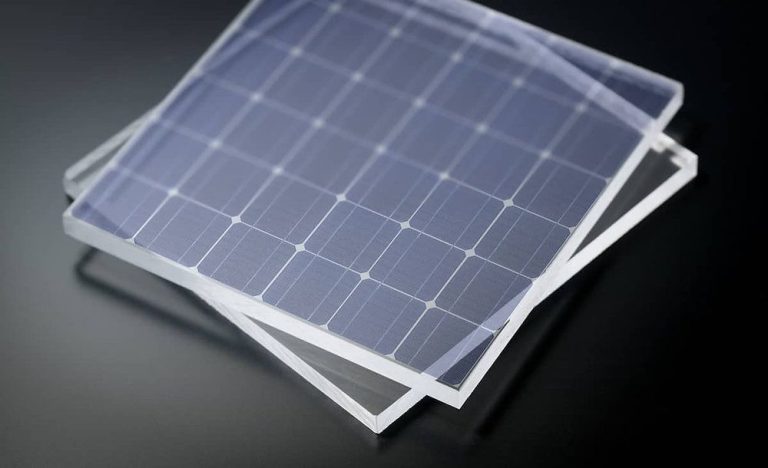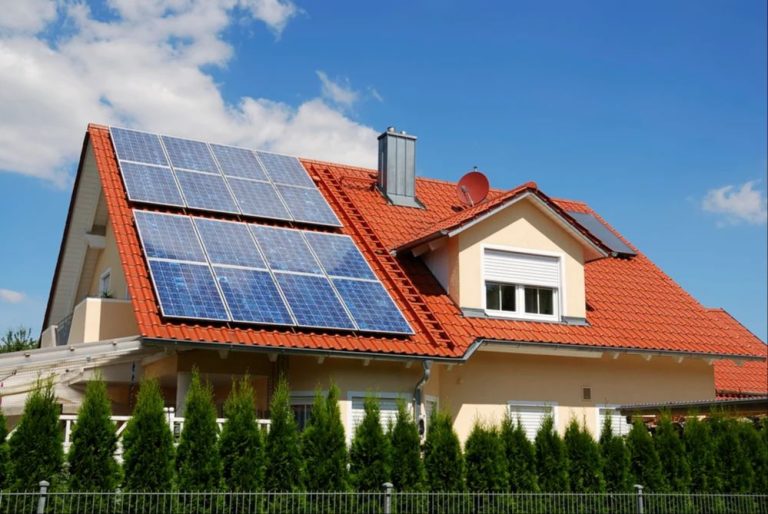What Energy Resources Never Run Out?
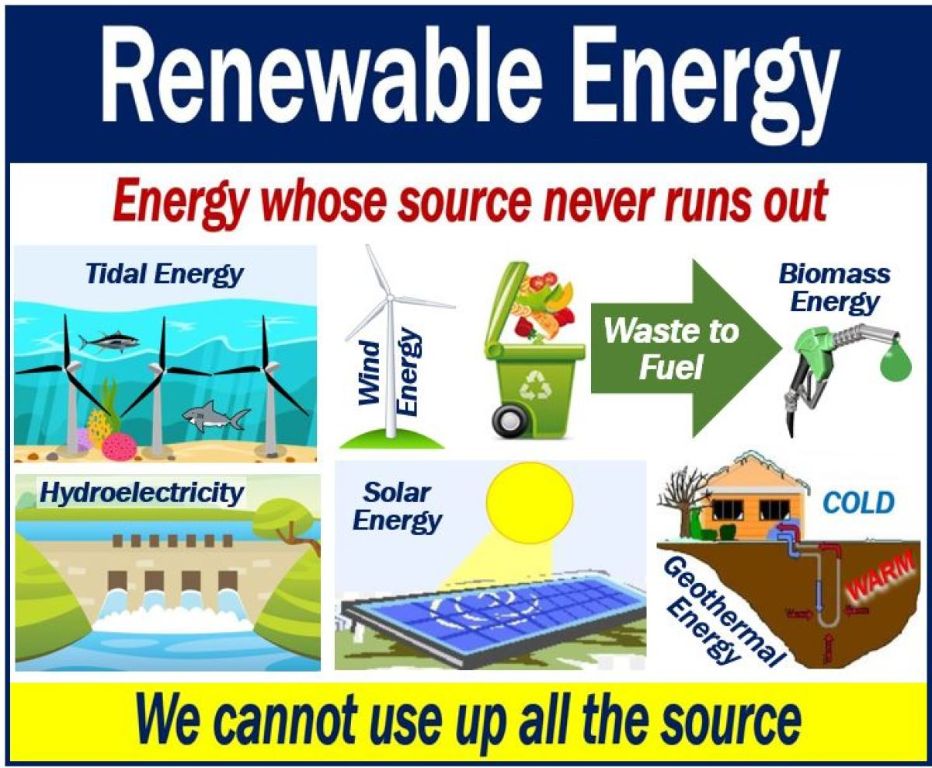
Inexhaustible energy resources, also known as renewable energy, refer to sources of energy that are continuously replenished and will never run out. Some examples include solar, wind, geothermal, and hydropower. According to the U.S. Energy Information Administration, renewable energy accounted for nearly 20% of U.S. electricity generation and 12% of total U.S. energy consumption in 2019. Using renewable energy is important because it diversifies our energy supply and makes us less dependent on finite fossil fuel resources like coal, oil and natural gas. Renewable energy also emits little to no greenhouse gases, which is critical for mitigating climate change. This article will provide an overview of some of the main inexhaustible energy resources available to us.
Source: https://energyclime.com/inexhaustible-resources/
Solar Energy
Solar energy is harnessed by capturing sunlight and converting it into electricity using photovoltaic cells. Photovoltaics (PV) is the direct conversion of light into electricity at the atomic level (https://www.iea.org/energy-system/renewables/solar-pv). Solar panels are made up of individual PV cells that capture sunlight and convert it to DC energy. This DC output is then converted to AC power for use in homes and businesses. Solar energy has grown rapidly as panel costs have declined and efficiency has increased. In 2022 alone, solar PV generation grew by 26% (https://www.iea.org/energy-system/renewables/solar-pv).
The main advantages of solar power are that it is renewable, abundant, and produces no emissions or pollution. Solar energy is considered a green technology because there is no burning of fossil fuels involved. It is also very scalable, with solar power systems available for residential and commercial use. Solar power can function on or off-grid and compliments other renewable energy sources well. While sunlight is free, there are costs associated with manufacturing, installing, and maintaining a solar PV system. However, prices have come down dramatically in recent years. The average cost of a residential solar system in the U.S. fell over 70% from 2010 to 2020 (https://www.ecowatch.com/solar-energy-statistics.html).
Wind Energy
Wind energy has emerged as one of the most rapidly growing renewable energy sources in the world. According to the U.S. Department of Energy (DOE), wind power capacity is projected to grow from over 122 gigawatts (GW) in 2020 to over 500 GW in 2050 in the United States alone.
Wind turbines convert the kinetic energy in wind into mechanical power that runs a generator to produce electricity. The amount of energy harvested depends on the turbine’s size and the wind’s speed. The average capacity of newly installed wind turbines grew 7% from 2021 to 2022, to 3.2 megawatts (MW), while the hub height increased to 140 meters according to the DOE.
Offshore wind farms are being built to harness stronger and more consistent winds over water. The DOE projects 30 GW of offshore wind capacity will be installed in the United States by 2030, producing enough electricity to power over 10 million homes.
Globally, wind generated over 2,100 terawatt-hours (TWh) of electricity in 2022, increasing 14% from the previous year. This growth has been driven by larger turbines, technological advances, and supportive policies according to the International Energy Agency (IEA).
Hydropower
Hydropower is one of the most important renewable energy sources in the world. As of 2021, hydropower generated over 4,300 terawatt-hours of electricity, meeting about 16% of global electricity demand (Wikipedia). The top countries for hydropower generation in 2021 were China, Canada, Brazil, the United States, and Russia (Statista).
Most hydropower is generated using dams on rivers to control water flow. The water behind the dam flows through turbines to generate electricity. Some advantages of dam-based hydropower include low operating costs, ability to meet peak electricity demand, and long lifespan of around 50-100 years. However, dam construction also has major environmental impacts like habitat destruction, blocking fish migration, and displacing communities (The Global Economy).
Other forms of hydropower include tidal power utilizing ocean tides, wave power harnessing wave energy, and micro hydropower using small dams or weirs on streams. These technologies have lower environmental impacts but contribute a small fraction of total hydropower generation currently.
Geothermal Energy
Geothermal energy comes from the heat within the earth. Just a few meters below the surface, the temperature is very stable and ranges from 50 to 60°F. This heat is generated from radioactive decay of minerals and volcanic activity. Geothermal energy is considered a renewable resource because the heat emanating from within the earth is essentially limitless.
This heat can be harnessed in a few different ways. Geothermal power plants use steam from reservoirs of hot water found a couple of miles or more below the earth’s surface to power turbines and generate electricity. According to GlobalData, the top five countries for geothermal power generation in 2021 were the United States, Indonesia, Philippines, Turkey, and New Zealand.
Geothermal energy also has many direct-use applications for heating and cooling. Water warmed by geothermal reservoirs can be piped directly into buildings and factories for space and water heating. Geothermal heat pumps use stable ground or water temperatures near the earth’s surface to control building temperatures above ground. This direct heating and cooling makes geothermal a flexible and reliable energy source.
Bioenergy
Bioenergy is energy produced from organic matter derived from plants or animals. Some key types of bioenergy include:
- Plant-based fuels like ethanol and biodiesel made from crops such as corn, sugarcane, and soybeans (IEA).
- Biogas captured from animal manure, food waste, and landfills that can be used to generate electricity and heat.
- Solid biomass like wood, agricultural residues, and organic waste that can be burned to produce heat and power (WBA).
Bioenergy accounted for about 10% of global renewable energy production in 2021 (Statista). Sustainability practices are important for bioenergy to limit impacts on food supplies, land use, and biodiversity. Methods like using waste materials as feedstocks, growing energy crops on marginal lands, and implementing strong sustainability certification can help ensure responsible bioenergy production.
Hydrogen Energy
Hydrogen is considered an ideal energy carrier because it is renewable, produces zero emissions, and has a high energy density by weight.
Hydrogen can be produced through various methods including steam reforming of natural gas, electrolysis of water using electricity, and thermochemical production using heat and chemical reactions (Energy.gov). The most common method today is steam reforming from natural gas, but electrolysis using renewable electricity sources offers a sustainable production route. Thermochemical production is still in early research stages.
One of the main uses of hydrogen is in fuel cells. Fuel cells generate electricity through an electrochemical reaction by combining hydrogen and oxygen. The only byproducts are electricity, heat and water. Fuel cells are much more efficient than traditional combustion engines. Some key benefits are high efficiency, low noise, and minimal maintenance. Fuel cell vehicles and stationary fuel cell applications are becoming more popular (Energy.gov).
Hydrogen can also be used as a fuel for space rockets, burned in internal combustion engines or gas turbines to generate power. It can also be blended with natural gas for home heating and cooking.
Ocean Energy
The ocean contains vast amounts of energy potential. There are several ways to harness this renewable energy from the sea, including tidal, thermal conversion, and salinity gradient technologies.
Tidal Energy
Tidal energy captures the energy from the rise and fall of ocean tides. Tidal range technologies use a barrage or dam to trap water at high tide. As the tide goes out, the trapped water flows through turbines to generate electricity. Tidal current technologies use underwater turbines that are spun by the ebb and flow of the tides.1
Thermal Conversion
The temperature difference between warmer surface water and colder deep ocean water can be used to generate electricity. Thermal conversion technologies use the temperature gradient to heat a working fluid that produces steam to turn a turbine generator.2
Salinity Gradient
The difference in salt concentration between fresh river water and salty seawater can be harnessed to produce electricity through osmosis. Membranes allow fresh water to flow into salt water while preventing salt from crossing over. The osmotic pressure generates electricity.1
Nuclear Energy
Nuclear energy comes from the splitting (fission) or combining (fusion) of atomic nuclei. Nuclear fission using uranium is currently used in nuclear power plants to generate electricity. As of 2022, there are over 440 nuclear reactors operating in 32 countries, generating about 10% of the world’s electricity supply (Nuclear Power in the World Today).
Nuclear energy is considered a sustainable energy source because uranium, its fuel source, is abundantly available. Known uranium supplies are estimated to last over 100 years at current usage rates. Additionally, new uranium deposits continue to be discovered (Plans For New Reactors Worldwide).
Compared to fossil fuels like coal and gas, nuclear energy produces very low carbon emissions and air pollution. The main byproduct is radioactive nuclear waste, which needs proper long-term disposal. Proponents argue that the risks from radiation and waste are small compared to the threats of climate change if carbon emissions are not reduced.
Nuclear fusion, which powers the sun, releases much more energy than fission and produces no long-lived radioactive waste. Fusion power generation remains theoretical, but major research projects around the world aim to demonstrate fusion feasibility within the next few decades.
Conclusion
In summary, diversifying our energy sources by utilizing renewable resources that never run out is crucial for building a sustainable future. Relying too heavily on finite fossil fuels is unsustainable economically and environmentally. By transitioning to an diverse energy mix that includes infinite renewables like solar, wind, hydropower, geothermal, bioenergy, hydrogen, ocean, and nuclear power, we can ensure energy security and affordability for generations to come.
Renewable energy sources provide substantial benefits over traditional fossil fuels. They produce little to no greenhouse gas emissions, reducing the impact of climate change. Renewables are also distributed more widely than fossil fuels, allowing more geographic energy independence. Additionally, the “fuel” sources for renewables like sunlight, wind, water flows etc. will never run out, making them a permanent solution rather than a temporary fix.
Diversifying the world’s energy portfolio with increased renewable generation is critical for building resilience, adapting to change, and mitigating climate risks. The transition to a diverse, decentralized grid based on renewables promises a clean, sustainable future powered by infinite energy resources that will never run dry.

